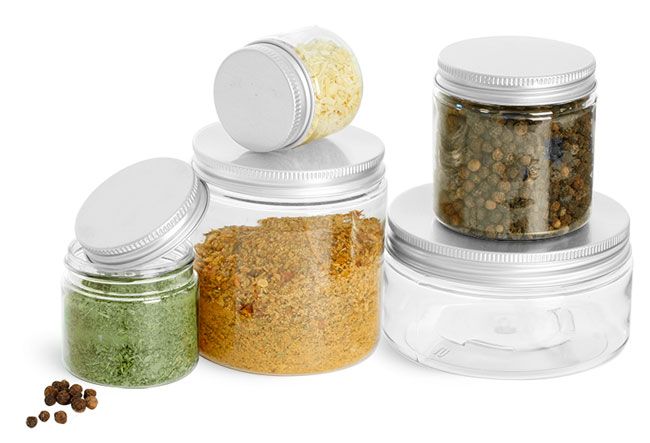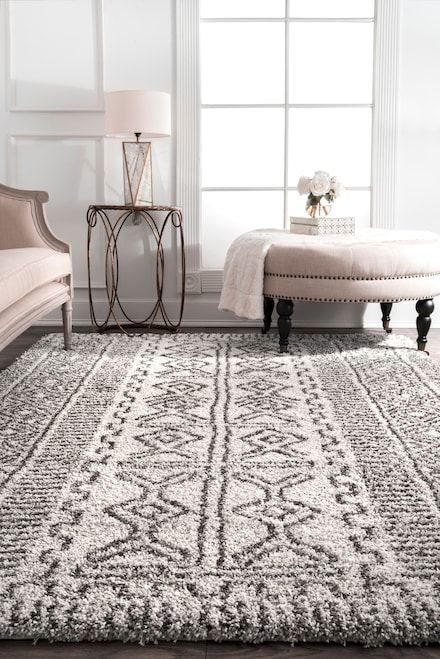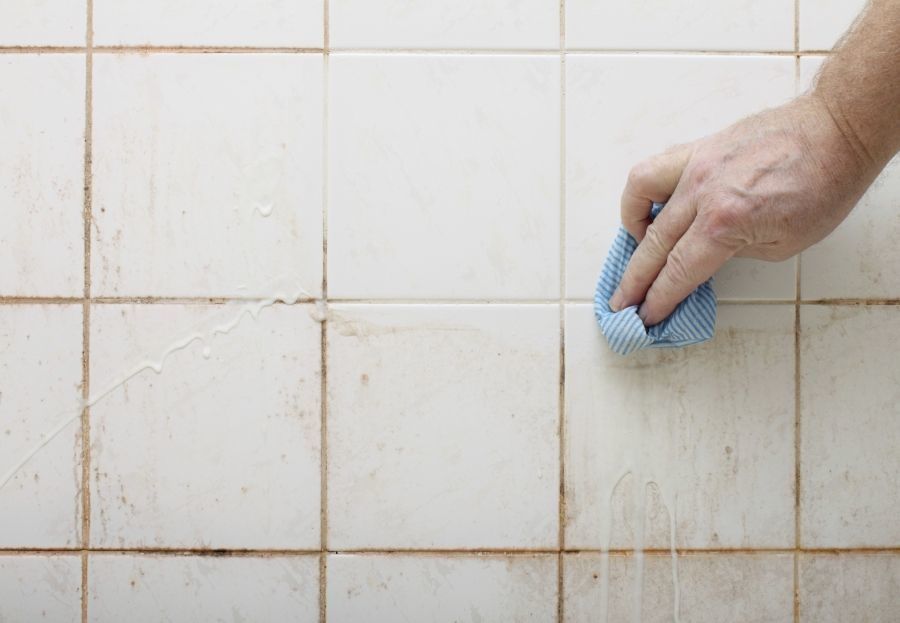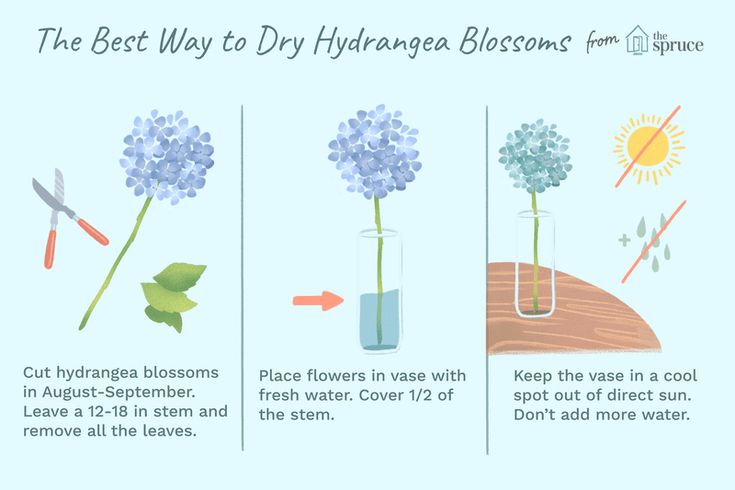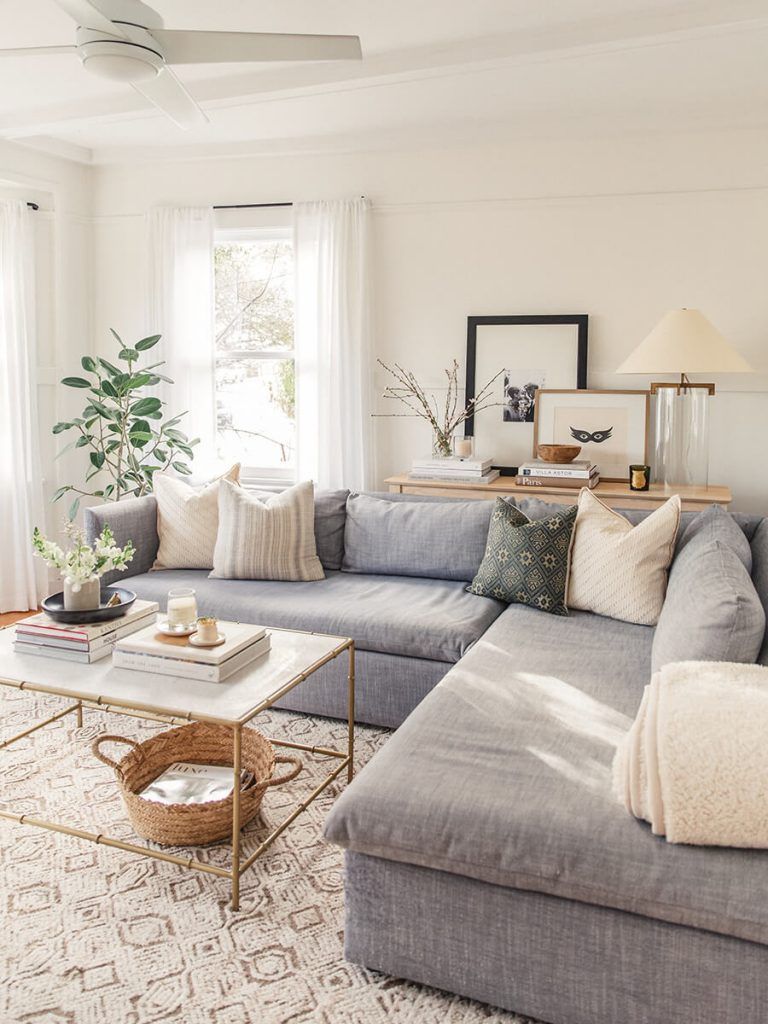Containers for herbs
How to pick the best pot for growing herbs
While many people wish to grow fresh herbs at home, not everyone has a yard or space for an outdoor herb garden. The good news is that container gardening makes growing herbs at home easy, even when you have a small space.
Container planting is convenient and can give your kitchen windowsill, patio, or balcony a big aesthetic boost.
Growing plants in pots also offers tremendous flexibility and a measure of control that traditional gardening lacks.
Choosing the best pot for your favorite herbs will help ensure success with your container herb garden, so here are some helpful tips to get started on the right track.
The characteristics of the herb(s) you are growing are very helpful in determining the best container for your plant, in terms of material and size. Plastic containers are best for herbs that like moist soil; terra cotta is best for herbs that prefer a drier soil. The container should always be slightly larger than your plant and needs drainage holes to allow excess water to move out of the potting soil. Shallow containers are best for plants with short root systems, while deep containers are best for plants with long taproots.
Common container materials
Common materials used for growing containers include ceramic, terra cotta, plastic, different metals, and resin. While aesthetics are important, each herb container material has advantages and disadvantages that should be considered depending upon your space and plant type.
- Glazed ceramic pots offer the most variety in shape and color, which means they can often be used as a home design element. These are the best choice for someone who wants to match a color scheme in their home and ceramic works for many different herbs. One of the drawbacks is they are heavier, and large containers may not be suitable for balconies.

- Get the glazed ceramic pots we recommend on Amazon here.
- Terra cotta pots are traditional, attractive, and affordable. The porous sidewalls allow excellent air movement in and out of the container, drying the soil out quickly. Because of this, clay pots work well for herbs that prefer drier conditions, such as lemon balm or lavender.
- Get the terra cotta pots we recommend on Amazon here.
- Plastic pots are popular as they are inexpensive, lightweight, and typically available in a wide range of colors. The non-porous material minimizes air exchange, keeping the potting soil moist longer. They are great for herbs that like moist soil like rosemary and cilantro. Keep in mind, though, that sunlight and temperature fluctuations will affect outdoor containers over time, making the plastic brittle or causing deterioration.
- Metal pots may include copper, brass, galvanized, or stainless steel and are durable and stylish, although expensive.
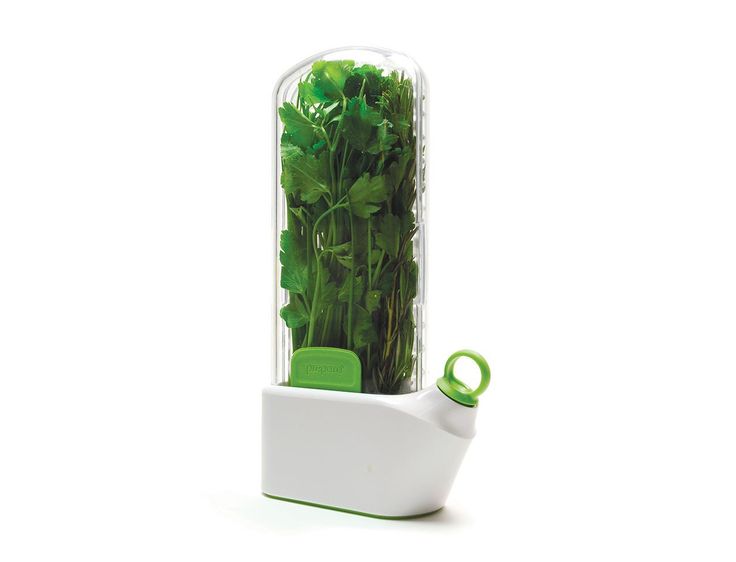 Care should be taken, though, as metal containers usually do not have drainage holes. When used outdoors or in direct sunlight, the metal can become very hot, raising the soil temperature and damaging the roots.
Care should be taken, though, as metal containers usually do not have drainage holes. When used outdoors or in direct sunlight, the metal can become very hot, raising the soil temperature and damaging the roots. - Get the copper metal pots we recommend on Amazon here, and brass pots here.
- Resin pots are made from wood resin and are lightweight, weather-resistant, and available in a wide range of finishes. They work well for plants you move back and forth from indoors to outdoors seasonally.
The enthusiast's guide to herbs
We’re proud to present our new e-book, The Enthusiast’s Guide to Herbs! Learn everything you need to know about growing and caring for herbs indoors, including in-depth info cards for the 35 most commonly grown herbs.
Click the link below to find out more!
Find out more
Container size for herbs
Basil and rosemary in terracotta potsHerbs can be a little like Goldilocks when it comes to pot sizes: too small, and their growth will be impeded, too large, and the extra space and soil are wasted.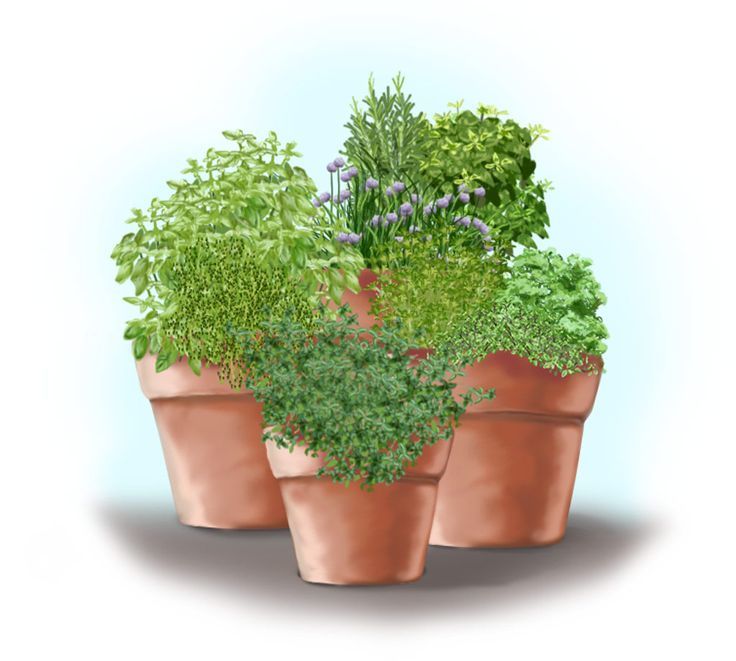 But when a pot is just right, an herb can achieve its full potential.
But when a pot is just right, an herb can achieve its full potential.
- 6-inch pots are best for dwarf varieties or shallow-rooted herbs like thyme or globe basil. Small pots need more frequent water, and it’s important to keep soil moisture consistent since varying water levels can lead to a less-than-healthy plant.
- Get 6-inch pots on Amazon here.
- 8 to 10-inch pots are perfect for almost any herb. Plenty of herbs will expand to fill pots over time, so a container this size can be used to limit the size of a mature plant.
- Get 8 and 10-inch pots on Amazon here.
- 12 to 18-inch pots are spacious enough to accommodate multiple herbs at once or grow exceptionally large, well-established herb plants. Herbs like parsley, which has a deep taproot, will thrive in a deeper, larger pot. Lemongrass also performs best in a larger-diameter container.
Remember that the larger a container is, the heavier it becomes when filled with potting soil.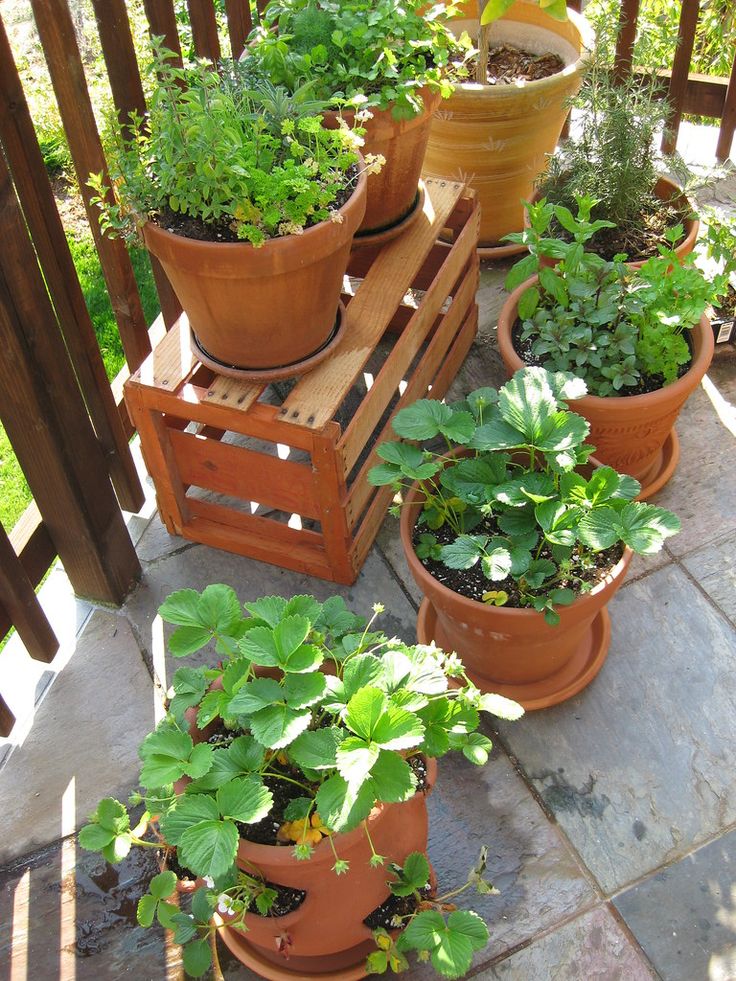 The weight may be fine when the plant is in place, but it could be far too heavy to lift and move inside in the winter comfortably.
The weight may be fine when the plant is in place, but it could be far too heavy to lift and move inside in the winter comfortably.
Proper drainage
When it comes to growing your own herbs in containers, good drainage is essential. Poor drainage can create an oxygen-poor environment that triggers root rot, stunting plant growth and eventually killing plants.[1] Because of this, most pots sold come with drainage holes in the bottom to allow the excess water to drain out of the potting soil.
If you find a container suitable for growing herbs that doesn’t have drainage, you can use a drill bit to create drainage holes in the bottom. Make sure to use a masonry bit when working with ceramic or terra cotta pots. Typically, between one and three holes offer sufficient drainage.
Some drainage holes come with a plug to prevent leaking onto indoor surfaces, but it is advised to simply use a drainage tray or plant saucer to catch any overflow.
Many pots have built-in drainage trays, but for those that do not, there are a vast array of drainage trays available for purchase on Amazon.
Specialty herb pots
Hanging avocado fruit on the treeMost pots are fairly standard-shaped, but there are some specialty pots to consider as well.
- Self-watering pots are handy for growing herbs that prefer moist soil. These containers ensure consistent watering and take the guesswork out of keeping herb plants deeply hydrated.
- Get the self-watering pots we recommend on Amazon here.
- Window boxes provide growing space for those who don’t have appropriate indoor spots and dress up otherwise plain windows. They are available in various styles, and a planter box is suitable for any window that receives eight hours of sun each day.
- Hanging pots are another stylish way to make use of limited space or keep herbs away from children or pets. However, soil in these planters may dry quickly, so a self-watering option works best.
- Shallow pots can be beautiful and decorative but are best-suited for chives, thyme, tarragon, and oregano with shallow root systems.
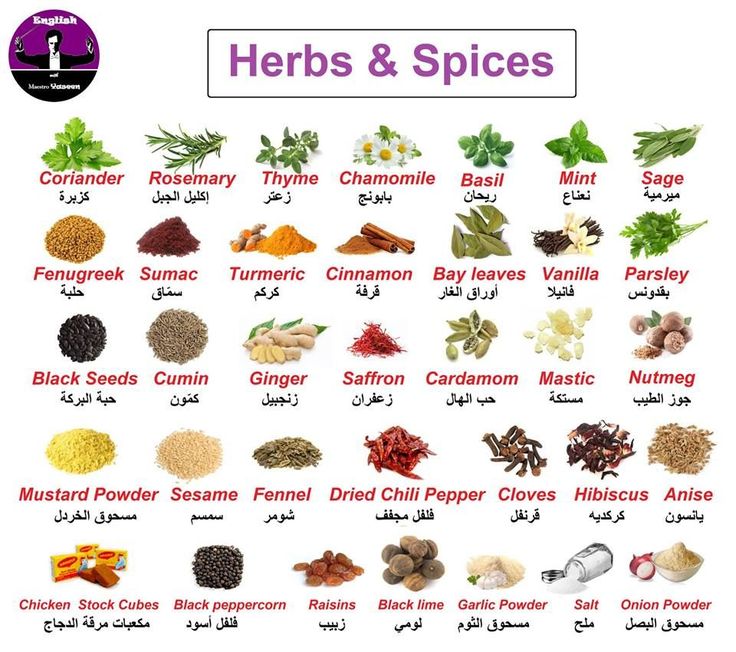
Potting soils for container herbs
Growing herbs successfully, whether indoors or outside, begins with filling your containers with high-quality soil. Check out our full soil and growing media guide for more on that here.
Remember, plants require soil that both holds sufficient root zone nutrients and moisture yet drains the excess water to allow the roots to breathe.
Commercially available potting soil can fulfill all of these needs, but creating a DIY homemade potting mix is also possible. When making a potting mix, use peat moss, vermiculite, compost (or other organic material), and a slow-release granular fertilizer.
Caring for herbs in containers
Herbs grown in pots have some basic needs: eight hours of sun, proper watering, a dose of nutrients periodically, and regular harvesting.
Sunlight requirement
While ample full sun is beneficial to herb gardens, a minimum of eight hours of sun exposure is a general guideline. Many herbs will thrive in indirect bright sunlight, and some will even grow well in less than eight hours. Learn the specific requirements of your herbs, and remember, it is always possible to move a struggling plant to a better location.
Many herbs will thrive in indirect bright sunlight, and some will even grow well in less than eight hours. Learn the specific requirements of your herbs, and remember, it is always possible to move a struggling plant to a better location.
Watering
Watering indoor plants takes a little practice to get right.[1:1] It’s a good idea not to water on a predetermined schedule, as many factors will affect how quickly moisture evaporates from the soil of different planters. Ideally, a finger inserted an inch into the soil will indicate whether the soil is dry enough to warrant watering.
Fertilizing
Container plants do enjoy a little infusion of rich nutrients from time to time, but herbs should be fertilized sparingly. Too much foliage growth will dilute the flavor. Many fertilizer options can be applied to an indoor herb garden. Still, the best bet is usually a good organic fertilizer or a water-soluble or slow-release fertilizer designed for herb plants.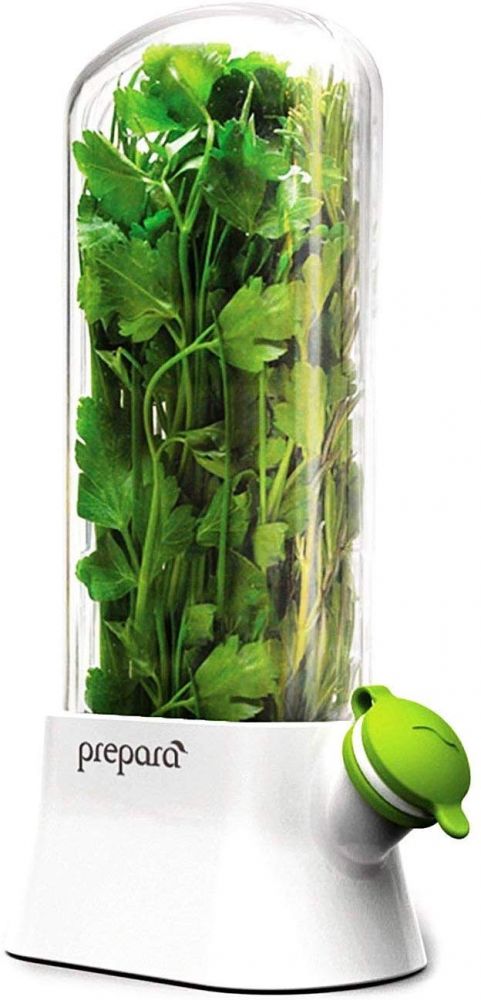
When fertilizing, always follow the product label for dosing instructions and how often to apply.
Harvesting
Many kitchen herbs benefit significantly from periodic harvesting of new growth, which encourages bushy, vigorous growth. This is one of the best aspects of herb gardening: harvesting regularly keeps growth vigorous and supplies a never-ending supply of fresh herbs for the kitchen.[2]
New growth can be harvested using sterilized, sharp kitchen shears, or you can pinch off the leaves with your fingers. The specific “pinching” technique for harvesting herbs removes the new growth close to a growth node.[3]
Best herbs for beginners
Growing herbs at home appears to be pretty straightforward, but for newbie gardeners, even the most straightforward planting directions may seem a bit mysterious. Several measures can be taken to guarantee the success of your container garden if you’re a newcomer to indoor gardening, including the choice to start with easy-to-grow, forgiving herbs.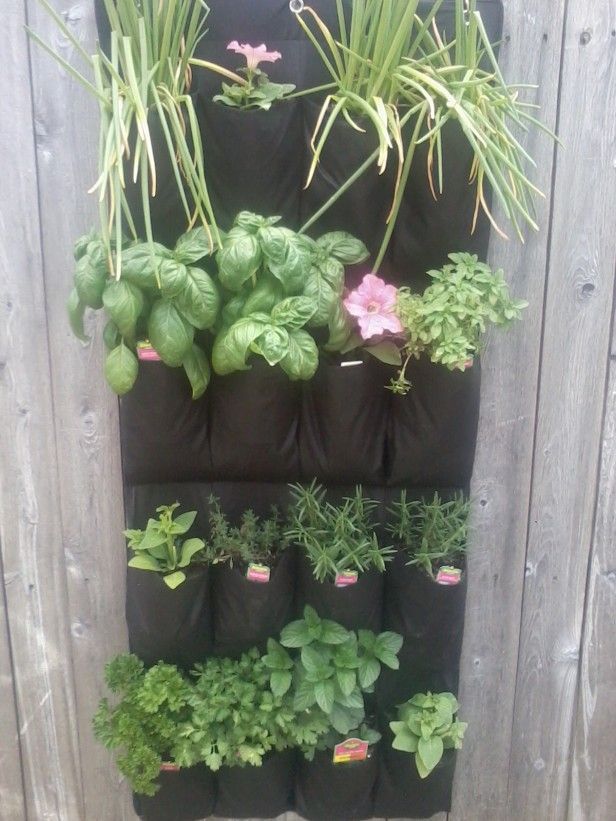
- Greek oregano and lemon thyme are incredibly resilient and can tolerate inconsistent watering.
- Chives are forgiving of dry soils.
- Basil is a good communicator– its leaves will droop when it needs watering, which can be extremely helpful for folks with little gardening experience.
For a more in-depth look at easy herbs to grow, check out our article, The 12 easiest herbs to grow for the first time.
FAQ
Does my container need to have drainage holes?
No, your container doesn’t need to have drainage holes, however they are beneficial. Drainage holes allow the excess water to drain from the soil, helping to prevent root rot. Without drainage holes, any excess water stays in the root zones, creating low-oxygen conditions, damaging the plant. Using a drill bit, you can add drainage holes to most types of containers if they don’t come with them.
How big of a container do I need for my herb plant?
When growing an herb plant in a container, the container needs to be slightly larger than the plant itself. A 10-inch container is suitable for young herbs, giving them room to grow to their mature size. For mature plants, choose a pot 2 to 4-inches wider in diameter than the plant itself. Plants with shallow root systems can be planted into containers that aren’t deep, but herbs that produce long taproots need deeper containers.
A 10-inch container is suitable for young herbs, giving them room to grow to their mature size. For mature plants, choose a pot 2 to 4-inches wider in diameter than the plant itself. Plants with shallow root systems can be planted into containers that aren’t deep, but herbs that produce long taproots need deeper containers.
Can you grow multiple herbs in one container?
Yes, you can grow multiple herbs in one container under certain circumstances. When grouping them, they need to have the same light requirements and have the same or similar watering needs. Plants that prefer full sun and consistently moist soils grow well together; plants that prefer full sun and like the soil to dry out completely before watering again would also pair well. It’s important, too, to make sure the container is large enough to accommodate all of the plants.
Join our email club—get printable info cards free!
Sign up to receive our newsletter and get access to 10 printable plant info cards from our e-book for free.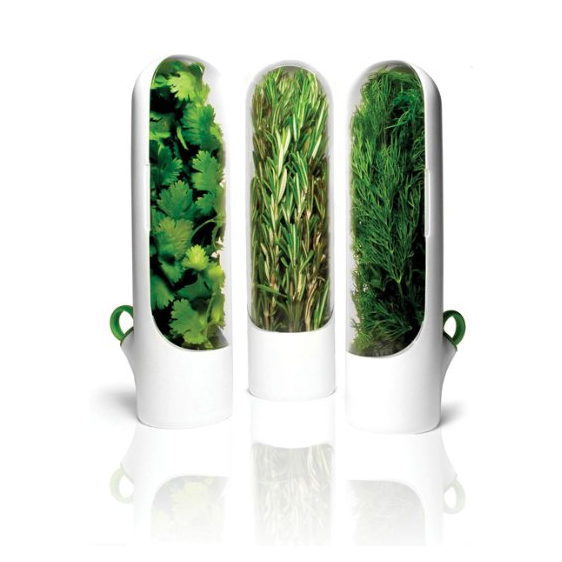 Also receive:
Also receive:
- $4 discount code for our Guide to Herbs e-book
- Semi-weekly plant inspiration & bite-size tips and tricks
Find out more
Perry, Leonard. n.d. “Watering Houseplants Properly.” University of Vermont, Department of Plant and Soil Science. ↩︎ ↩︎
Texas A&M AgriLife Extension. n.d. “Health and well-being benefits of plants.” Accessed August 24, 2021. ↩︎
Levine, Denise. 2018. “To Pinch or Not To Pinch, That Is the Question.” Napa Master Gardener Column. Published April 20, 2018. ↩︎
The 7 best herbs for container gardening
There are many benefits to growing herbs in containers. For me, it’s all about access. I love having fresh herbs growing in pots just outside my kitchen door. That way, when I’m in the middle of making dinner and realize I forgot to harvest a handful of basil or parsley, it’s only a few steps away. As well, different herbs have different moisture needs and growing them in pots is an easy way to control soil moisture. Of course, growing herbs in containers will also keep aggressive spreaders, like mint and lemon balm, under control and away from garden beds. Here are seven of the best herbs for container gardening.
Of course, growing herbs in containers will also keep aggressive spreaders, like mint and lemon balm, under control and away from garden beds. Here are seven of the best herbs for container gardening.
The 7 Best Herbs for Container Gardening:
Growing herbs in containers is a great way for beginners to learn how to grow some of their favorite kitchen herbs. If you’ve been dreaming of having your own herb garden on your patio or balcony, get ready to learn how to make that dream a reality! It’s true that many herbs like dill, chives, and cilantro can be grown in pots, but the 7 herbs below make fantastic low-care potted plants. You can buy kits for container herb gardening but I suggest selecting a pot or windowbox and buying healthy herb seedlings from your local garden centre.
1) Basil:
Basil is my go to herb in summer and my gardens are full of different varieties like Genovese, Nufar, Dolce Fresca, or Spicy Globe, but I also love growing basil on my sunny back deck.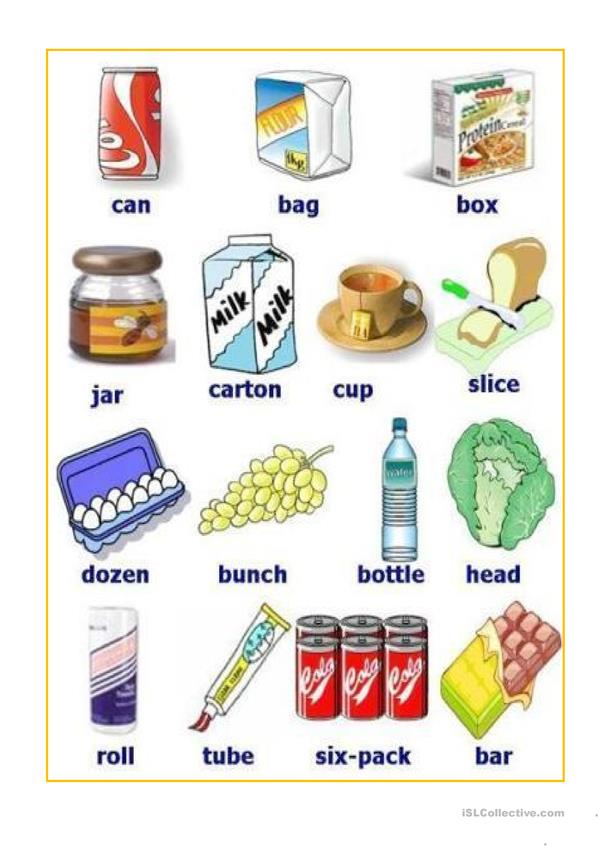 Basil is a warm weather annual herb and thrives when grown in pots and window-boxes. Many gardeners struggle to grow great basil, but give it well-drained soil and plenty of sunshine and it’s usually smooth sailing. Like most herbs, basil responds well to frequent harvesting, and will continue to push out fresh growth when trimmed back. There’s no doubt it’s one of the best herbs for container gardening. Also be sure to pinch off any flower buds that appear. Once basil begins to flower, the leaf flavor declines. For more advice on growing basil, check out this article.
Basil is a warm weather annual herb and thrives when grown in pots and window-boxes. Many gardeners struggle to grow great basil, but give it well-drained soil and plenty of sunshine and it’s usually smooth sailing. Like most herbs, basil responds well to frequent harvesting, and will continue to push out fresh growth when trimmed back. There’s no doubt it’s one of the best herbs for container gardening. Also be sure to pinch off any flower buds that appear. Once basil begins to flower, the leaf flavor declines. For more advice on growing basil, check out this article.
2) Greek Oregano:
Oregano is an enthusiastic grower in the garden and putting it in a pot is an easy and beautiful way to control its growth. The small leaves are packed with flavor, perfect for topping homemade pizza and bruschetta, as well as adding to vinaigrettes and marinades. Greek oregano offers the best flavor for culinary use, but my family also loves Syrian Oregano, a tender perennial, (zone 7) often called Zaatar, which has pretty silvery leaves.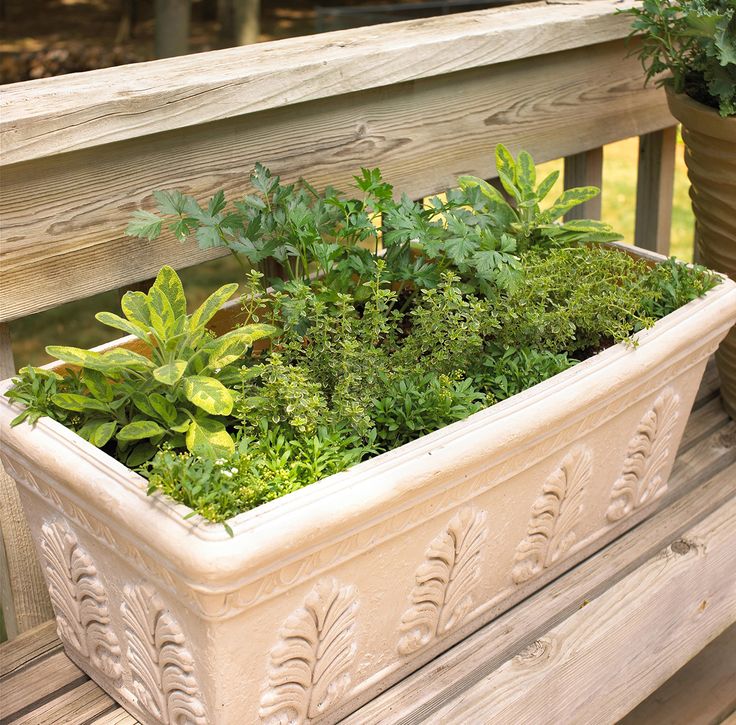
3) Rosemary:
Rosemary is a woody shrub with aromatic, needle-like foliage that adds a welcome depth of flavor to roasted potatoes and chicken dishes. In my zone 5 garden, rosemary is an annual, but growing it in pots makes it easy to bring indoors to a sunny windowsill once the days start to cool down in mid-autumn. There are many cultivars of rosemary, with most growing upright, but a few do cascade down, making them perfect for the edges of pots and planters. I really like Gorizia, an upright cultivar with large leaves and Arp, which is a slightly more cold tolerant variety. The quickest way to kill container-grown rosemary is by watering it too much; it needs consistent moisture, not wet feet.
Herbs can be grown in a variety of containers, from plastic or clay pots to fun items like old wheelbarrows. Just make sure your containers have adequate drainage.4) Thyme:
Thyme is one of the best herbs for container gardening; it’s low maintenance, drought-tolerant, and can take a bit of neglect.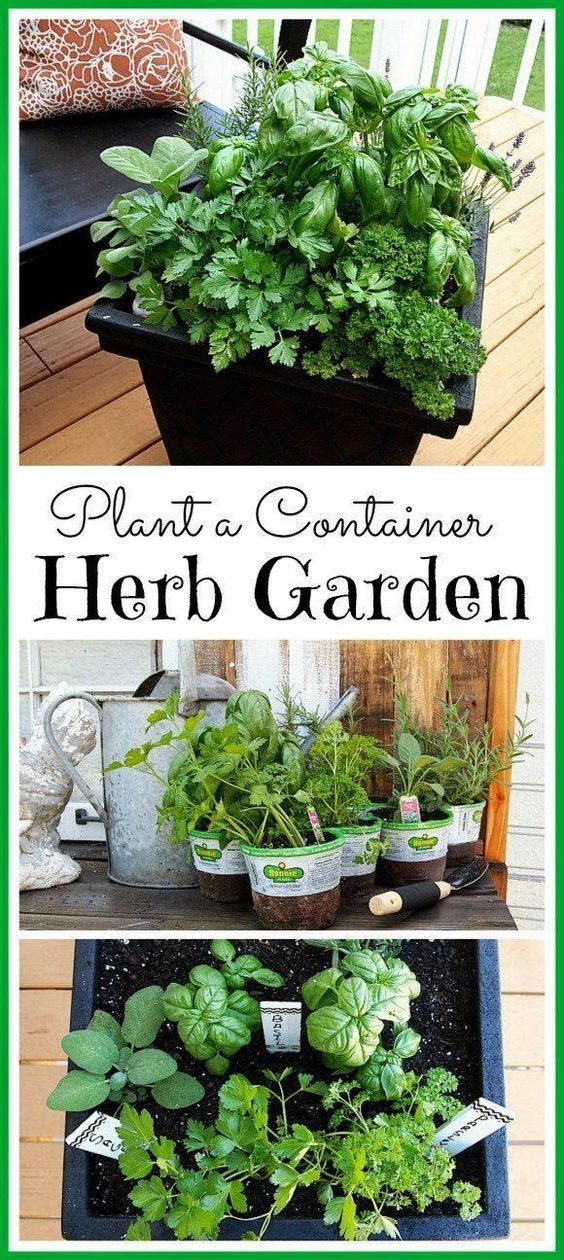 Plus, it looks fantastic when planted at the front of a container where the tiny leaves can mound over the edge of the pot. Give it full sun and don’t overwater; it’s drought-resistant and prefers its soil on the dry side. For culinary use, try English thyme or Lemon thyme, which has variegated yellow and green leaves and a bold lemon scent and flavor.
Plus, it looks fantastic when planted at the front of a container where the tiny leaves can mound over the edge of the pot. Give it full sun and don’t overwater; it’s drought-resistant and prefers its soil on the dry side. For culinary use, try English thyme or Lemon thyme, which has variegated yellow and green leaves and a bold lemon scent and flavor.
5) Mint:
If you’re looking for perennial herbs in pots, consider mint. I was first introduced to mint when I planted a few sprigs in my mothers perennial garden. It quickly took over and we’re still pulling it out – twenty years later! Sorry mom. Now, I grow mint in pots, where its aggressive growth can be contained. There are so many awesome types of mint; peppermint, chocolate mint, mojito mint, strawberry mint, and spearmint, for example, and I like to plant several different varieties of mint in a big pot. We add the leaves to summer drinks, fruit salad, and also dry plenty for winter tea. Mint appreciates ample moisture and rich soil. I use a two-thirds potting mix to one-third compost mixture in my mint containers.
I use a two-thirds potting mix to one-third compost mixture in my mint containers.
6) Parsley
Basil may be my number one culinary herb, but parsley is a close second. I grow the two main types; curly and flat-leaved parsley, in both garden beds and containers, both of which are definitely on the list of the best herbs for container gardening. In fact, the unique leaf texture of curly parsley makes it a nice planting partner for ornamental plants like million bells, geraniums, petunias, and other summer bloomers. Parsley is very easy to grow and should be started from seeds sown indoors under a grow light. You can also buy seedlings from a local garden centre. It grows best with regular moisture and feeding. I incorporate a slow-release organic fertilizer at planting time to keep the plants happy from spring through late autumn. Parsley also appreciates full sun, but can take some light shading.
7) Lemon Balm
A mint cousin, lemon balm also shares the aggressive growth habit of mint, which can quickly take over small garden spaces. Because of this, I plant lemon balm in containers. It’s a hardy perennial in zone 5, even overwintering in pots. Give it the same soil mixture (potting soil-compost) as mint, and water often. It needs ample moisture for the best flavor. And what flavor! The glossy green leaves both smell and taste like lemons. It’s great in fruit salads, tea, lemonade, and marinades.
6 Tips for Growing Herbs in Containers:1) Pick the right containers. Whether you’re growing vegetables, flowers, or herbs in pots, you’ll find the greatest success when you use containers with adequate drainage. Most pots come with drainage holes, but they can easily be added to wooden or plastic pots. I also love Smart Pots, fabric planters that come in a wide range of sizes. Small pots can hold individual herb plants, while the larger sizes are perfect for an instant herb garden on decks and patios.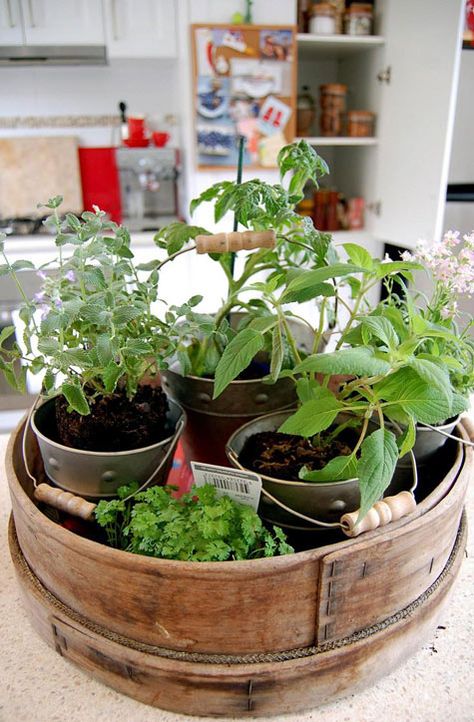
2) Fill pots with a good quality potting mix. It may be tempting to fill your containers with garden soil, but garden soil quickly compacts in pots, reducing soil drainage and porosity. Herbs need good drainage. Fill your pots with potting soil or a combination of potting soil and aged compost. Worm castings are also an easy way to boost soil nutrients and moisture retention and you only need to add a handful to containers as a little goes a long way.
3) Look for the light. Make sure your container herb garden receives enough light by placing the pots in a space that receives at least 6 to 8 hours of sun each day.
4) Harvest regularly. Frequent harvesting with pruners or herb snips encourages fresh growth, so don’t be shy about pinching and clipping your homegrown herbs.
5) Water consistently. If you’re new to herb gardening do a little research. Certain herbs prefer very well-drained soil (thyme, oregano, rosemary), while others like more moisture (mint, coriander, lemon balm)
6) Feed occasionally. To promote healthy growth, feed your herbs with a fertilizer suitable for edibles. A liquid organic fertilizer can be used every 3 to 4 weeks while a slow release organic product can be added to the potting mix at planting time.
To promote healthy growth, feed your herbs with a fertilizer suitable for edibles. A liquid organic fertilizer can be used every 3 to 4 weeks while a slow release organic product can be added to the potting mix at planting time.
More posts on growing great vegetables and herbs in containers:
- Container gardening tip list: Advice to help you succeed
- The best vegetable varieties for container gardening
- Crops in pots
- Organic fertilizers for container gardening
What herbs do you like to grow in containers?
order in the kitchen and ease of use
If you have already decided to buy food containers, start choosing and remember: we work for our customers, providing a guarantee for all our products, and we are also responsible for their high quality.
Sorting: UnsortedPopularNewNewsLower firstHigher firstBy discount sizeHigh ratingName, ascending Title, descending
Total found: eleven
Proper and effective maintenance of order in your home is impossible without the use of modern useful little things.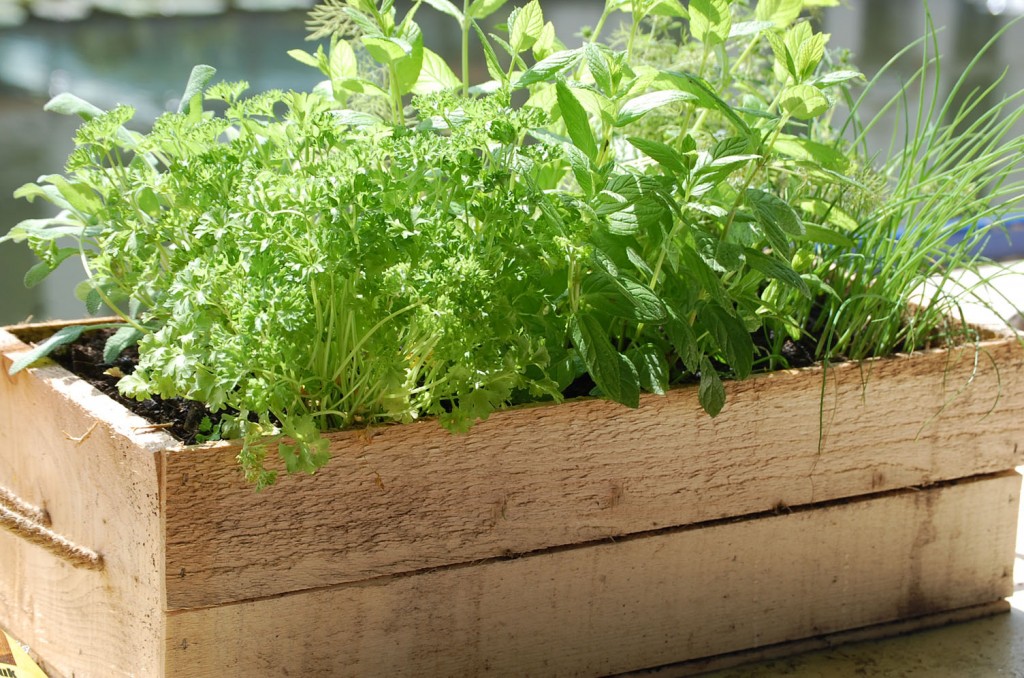 The Yandova online store brings to your attention convenient, stylish and capacious food storage containers. These small accessories are ready to help every housewife and take responsibility for the safety of their contents.
The Yandova online store brings to your attention convenient, stylish and capacious food storage containers. These small accessories are ready to help every housewife and take responsibility for the safety of their contents.
Quality and functional items for your kitchen
We offer you a wide range of containers and containers for storing spices, herbs and other bulk products. On our site you will also find a lot of other accessories for the kitchen, without which it is impossible for a modern person to do.
What a tabletop trash can! Its advantages will be appreciated by everyone who at least once in their life has been involved in the preparation of a complex lunch. With it, you don't have to bend over a conventional bucket every time you need to peel vegetables, gut fish or throw away other waste. Agree, cooking without back pain is much more pleasant!
What about the spice bag holder? With it, you will forever get rid of the problem of spices scattered all over the drawers and cabinets in your kitchen, as well as save time searching for the right ingredient.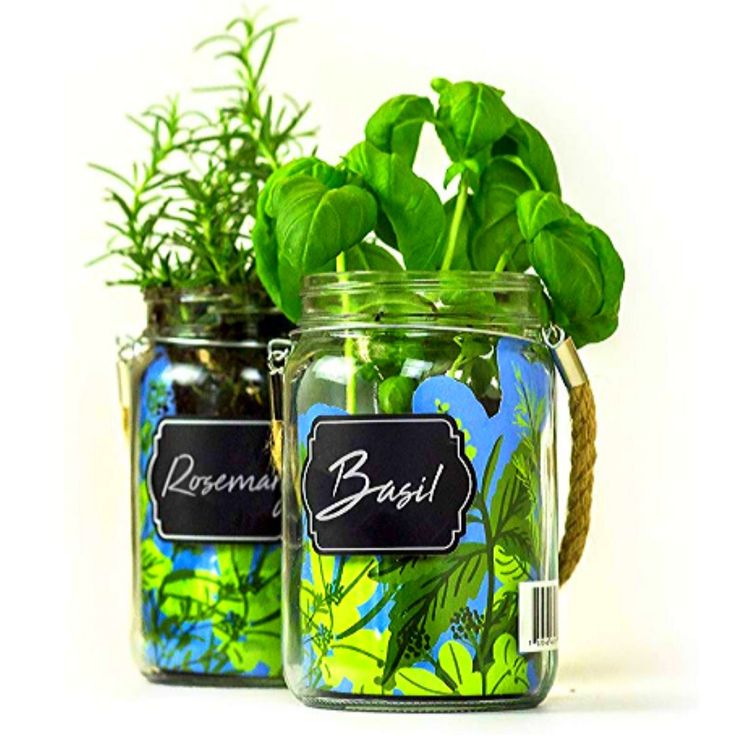
If you have already decided to buy food containers, start choosing and remember: we work for our customers, providing a guarantee for all our products, and we are also responsible for their high quality.
Herbs and spices in cooking
No one will remember the time when people first used natural ingredients to enhance and diversify the taste of their dishes. In different countries, completely different spices were used, but today we have access to almost all possible seasonings. Such diversity has led to the fact that all kinds of herbs and their mixtures began to fall into our kitchens in large quantities, after which it became necessary to systematize them and ensure their safety.
In our store you can buy any container for storing herbs that you and your household liked. A sufficient number of such accessories will allow you to keep your kitchen clean and tidy, save time and effort on cooking, and use fresh, fragrant herbs instead of dry and dry wind sprigs.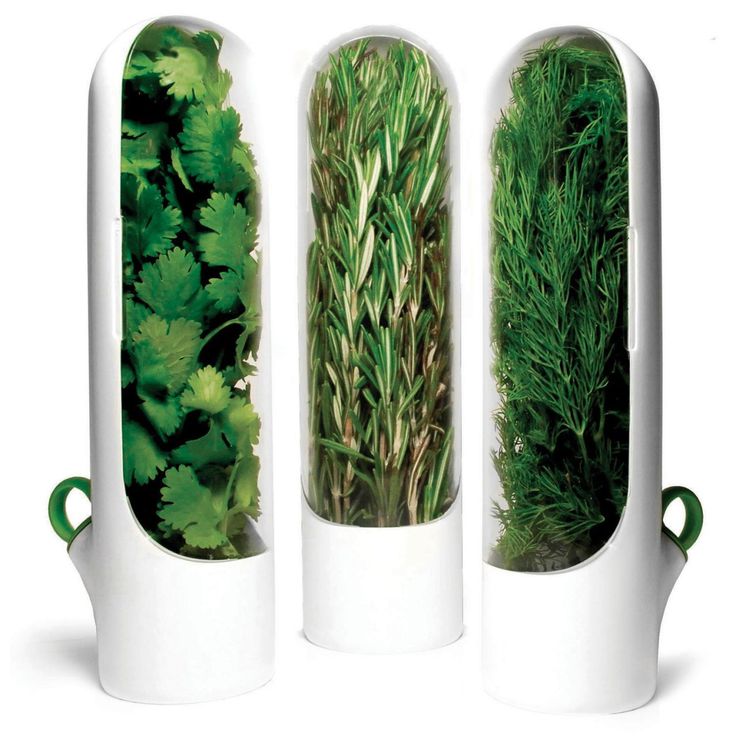
Special containers and containers will allow you to save all the useful components of the products, save you from pests and insects, help keep spices and other bulk products in perfect order for a long period of time.
All our products are made of high quality material, completely safe for human health.
Food storage utensils | 220.lv
Filter byView product list Cheapest at the top
NEW
24 95 € 49 90 €
Add to cart
PICK UP TOMORROW
UBERSCHICK vegetable storage set
Type: Food storage containers
Material: Bamboo
Capacity: 4 l
25 52 €
Add to cart
5/5
Beper BC. 160G
160G
Type: Food storage containers
Material: Plastic
Capacity: - l
-10% DISCOUNT WITH CODE!
13 99 €
Add to cart
4.3/5
PICK UP TOMORROW
Box for tea bags
Type: Tea pots
Material: Wood
Capacity: - l
-10% DISCOUNT WITH CODE!
5 20 € / month 39 69 €
Add to cart
4.9/5
PICK UP TOMORROW
Electric lunch box 220V / 12V KAMILLE 2130A
Type: Food storage containers
Material: Stainless steel
Capacity: 1 l
-10% DISCOUNT WITH CODE!
19 29 €
Add to cart
5/5
PICK UP TOMORROW
Maku dishes for bulk products, 1.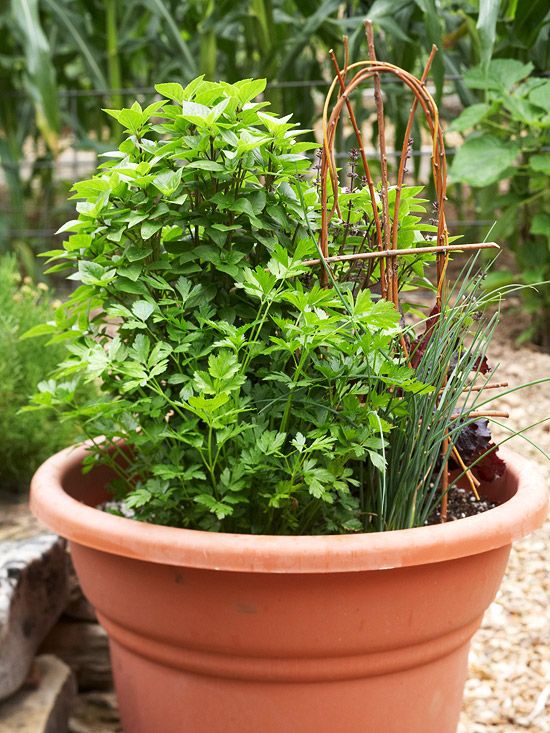 3 l
3 l
Type: Food storage containers
Material: Glass
Capacity: 1.3 l
-10% DISCOUNT WITH CODE!
15 09 €
Add to cart
4.9/5
PICK UP TOMORROW
Vegetable storage box, 12 l
Type: Food storage containers
Material: Plastic
Capacity: 12 l
-10% DISCOUNT WITH CODE!
14 99 €
Add to cart
4.9/5
PICK UP TOMORROW
Vegetable storage box, 12 l
Type: Food storage containers
Material: Plastic
Capacity: 12 l
-10% DISCOUNT WITH CODE!
19 99 €
Add to cart
PICK UP TOMORROW
Picnic box 40 x 30 cm
Type: Picnic bags
Material: Plastic
Capacity: - l
-10% DISCOUNT WITH CODE!
Add to cart
5/5
PICK UP TOMORROW
Container for bulk products, 10x22 cm
Type: Bulk containers
Material: Glass, Bamboo
Capacity: 1.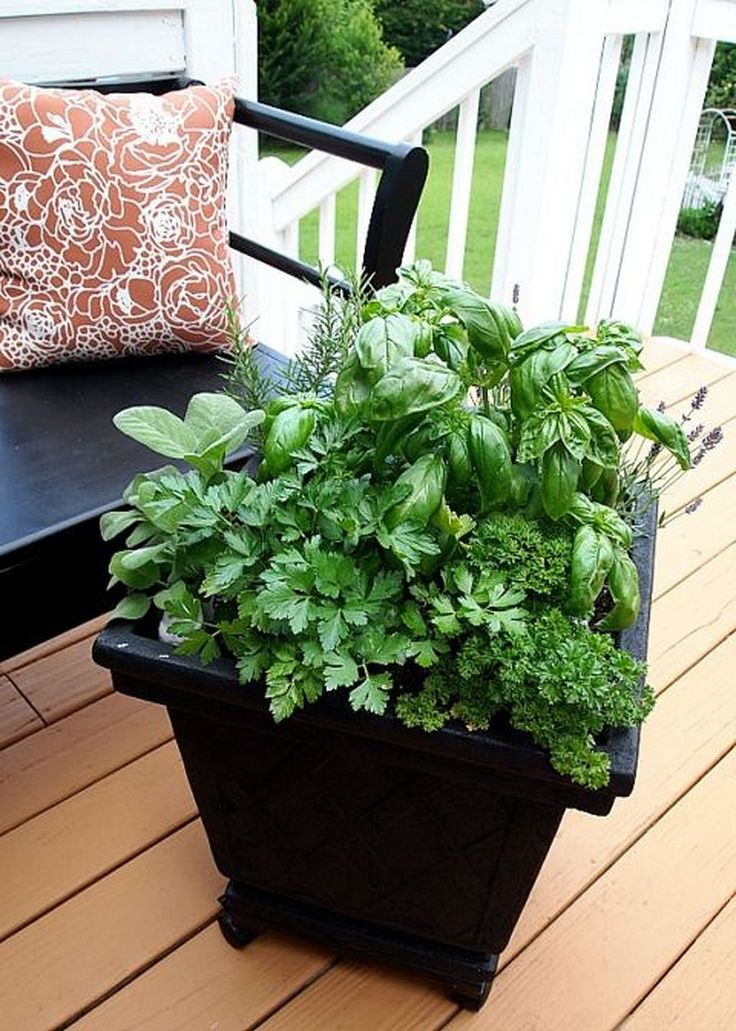 5 l
5 l
-10% DISCOUNT WITH CODE!
Add to cart
4.6/5
PICK UP TOMORROW
Spice storage box with compartments
Type: Bulk containers
Material: Plastic
Capacity: - l
-10% DISCOUNT WITH CODE!
23 69 €
Add to cart
5/5
PICK UP TOMORROW
Olkusz Enamel set of bowls with lids, 6 pcs
Type: Food storage containers
Material: Plastic, Steel, Enamels
Capacity: 1.45 l
6 99 € 9 99 €
Add to cart
PICK UP TOMORROW
Glass jug.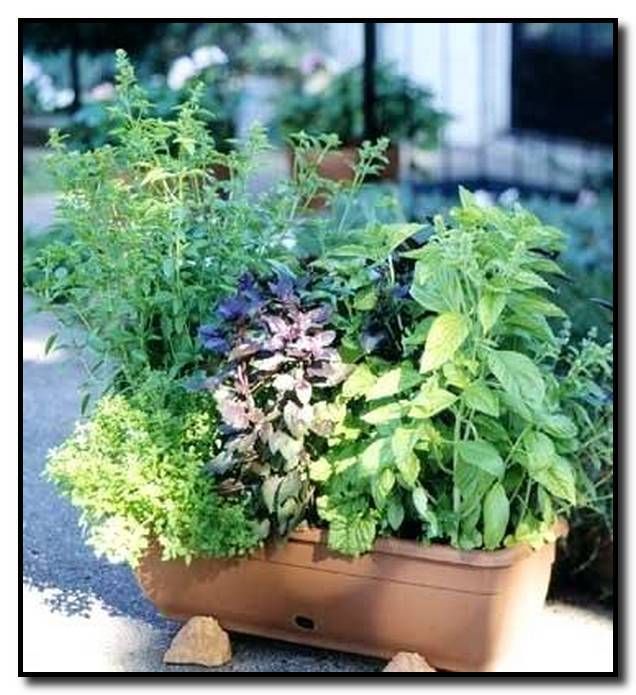 14cm
14cm
Type: Food storage containers
Material: Tempered glass
Capacity: 0.29l
-10% DISCOUNT WITH CODE!
17 09 €
Add to cart
3.8/5
PICK UP TOMORROW
Vegetable storage box, 12 l
Type: Food storage containers
Material: Plastic
Capacity: 12 l
-10% DISCOUNT WITH CODE!
14 49 €
Add to cart
FAST DELIVERY
Lunch box 650 ml KAMILLE 2118
Type: Food storage containers
Material: Stainless steel
Capacity: 0.65 l
-10% DISCOUNT WITH CODE!
12 49 €
Add to cart
5/5
PICK UP TOMORROW
Box for tea bags
Type: Tea pots
Material: Bamboo
Capacity: - l
-10% DISCOUNT WITH CODE!
Add to cart
FAST DELIVERY
Sudok Interlock 500 ml, twistable
Type: Food Storage Containers
Material: Plastic
Capacity: 0.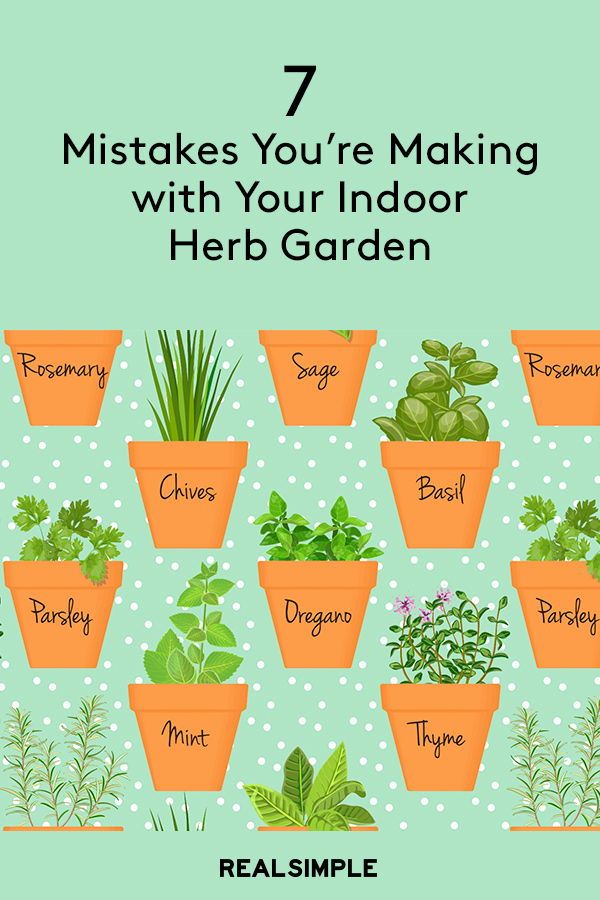 5 l
5 l
-10% DISCOUNT WITH CODE!
10 99 €
Add to cart
4.7/5
PICK UP TOMORROW
BANQUET storage containers, 8 pcs.
Type: Food storage containers
Material: Enamelled steel
Capacity: 0.9 l
-10% DISCOUNT WITH CODE!
Add to cart
4/5
PICK UP TOMORROW
Bulk container, 2.2 l
Type: Bulk containers
Material: Plastic
Capacity: 2.2 l
Whether you're traveling or looking for practical and convenient solutions for your home, food storage utensils come in handy in a variety of situations where you want to keep food fresh longer and always have it on hand. These utensils are very easy to care for, and their wide range of uses will come in handy even in cases where you need a container for convenient mixing of dough, mixing salads or other dishes.
These utensils are very easy to care for, and their wide range of uses will come in handy even in cases where you need a container for convenient mixing of dough, mixing salads or other dishes.
Silicone food storage dish or lunch box makes sure you have delicious food even when you can't cook it yourself. Since our life goes by at a very fast pace, it is not always possible to afford to go to a cafe for lunch, so it is very convenient to have snacks with you to help satisfy your hunger. Their beautiful design is liked by both adults and children. When metal storage utensils or containers made of other materials are painted with bright colors or decorated with attractive ornaments, the cooked dish seems to become even tastier.
With the growing popularity of a healthy lifestyle, eating out of your own dishes is becoming fashionable. By planning our menu in advance, we will always know what we are eating and thus we can avoid harmful temptations when we want to eat at gas stations or in other places to enjoy fatty and high-calorie foods.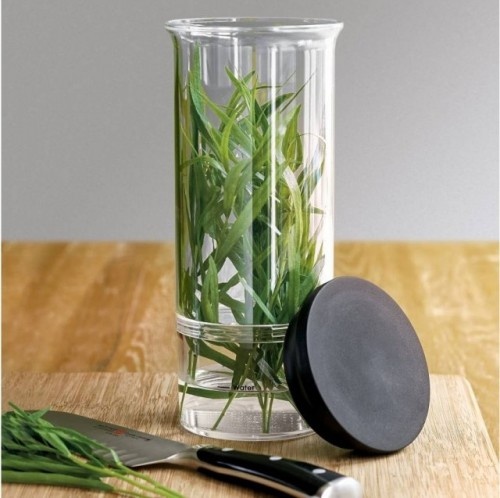 Sealed vacuum food storage utensils have an ergonomic and compact design, so they fit perfectly in your bag and make it possible to eat only fresh, home-cooked food.
Sealed vacuum food storage utensils have an ergonomic and compact design, so they fit perfectly in your bag and make it possible to eat only fresh, home-cooked food.
Those who are interested in glassware for food storage, we invite you to visit the online store 220.lv, where you can find a wide variety of different containers. They can be selected by size, color or type of material - sealed food storage utensils and other containers are sold at very low prices.
Plastic food storage utensils fit in your refrigerator. And some items can also be reheated in the microwave, so if you can, you can eat this food at work or on the go. Not only functionality is important, but also a convenient way to purchase these products - food storage utensils are sold via the Internet, so you do not even have to leave your home. Choose which options are most attractive to you, and we, in turn, will make sure that they are delivered to the address you specified as soon as possible.